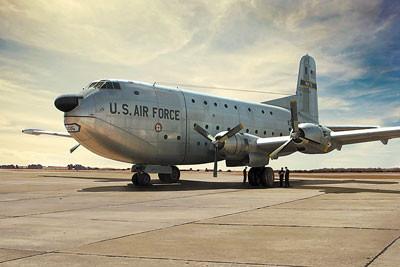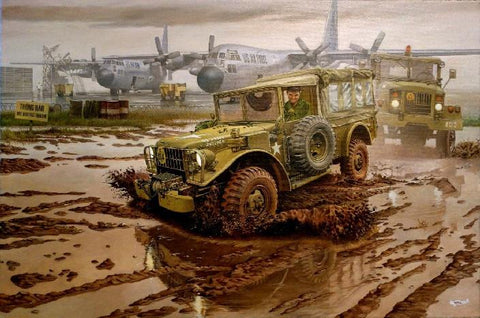
Roden Aircraft 1/48 Sopwith 1B1 WWI French BiPlane Bomber Kit
This Product Usually Ships In 2-3 Business Days
The Sopwith 1½ Strutter appeared in the middle of 1916, and right after that the French Military Command became very interested in this new British development, since the French Air Force mostly had obsolete Farman and Breguet types in service. Agreement for license production of Sopwith 1½ Strutter was quickly reached; however, due to the slow speed of development, the type was not appearing in great quantity, and in the beginning France purchased 1½ Strutters produced in Great Britain.
By the end of 1916 the following companies were involved in production of the plane: Hanriot, Morane-Saulnier, Salmson, Nieuport and some others. In spite of the fact that all of these companies had developed similar aircraft of their own, they had to produce the 1½ Strutter, which now had the type names Sopwith 1.B1 (one-seat version) and Sopwith 1.B2 (two-seat version). French manufacturers managed to build about four thousand aircraft of both versions in quite a short period of time (until autumn 1917)
There was almost no difference between the licensed Sopwith 1.B1 and its British counterpart except for the way bombs were loaded and fixed in the middle of the fuselage. The Le Rhone 9Jb engine was installed in the majority of these planes, while British-built aircraft had a Clerget 9Z engine.
At the moment of its fighting debut in the winter of 1916/1917 the plane was still competitive in fighting missions. This was proved by numerous missions bombing German industrial centers.
However, in spring 1917 French bombers stopped flying their missions without sufficient fighter cover. The appearance of the Breguet 14.B2, in the same class but superior to the 1½ Strutter in every respect, proved the Sopwith 1.B1 and Sopwith 1.B2 to be obsolete, and they were taken out of service.
At that moment the Sopwith 1.B1 and Sopwith 1.B2 were very numerous, and it was impossible to stop their use straight away. Pilots did not like the type due to its low speed and lack of protective armament (the only machine gun was mounted under the wing - unlike the British type 9700 - and such a position did not allow its rearming in flight). Nevertheless, production of French 1½ Strutters did not end until April 1918. All of the late-build machines were transferred to training units or sold to third countries.









